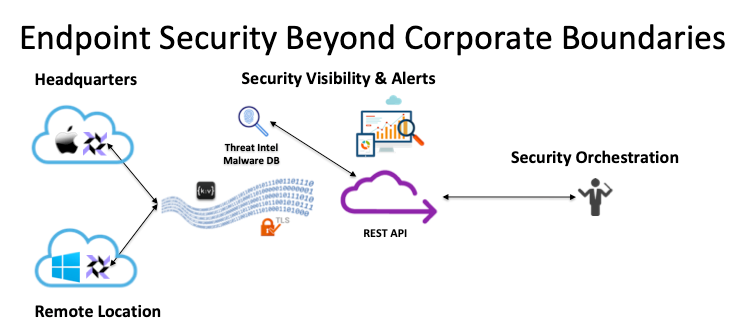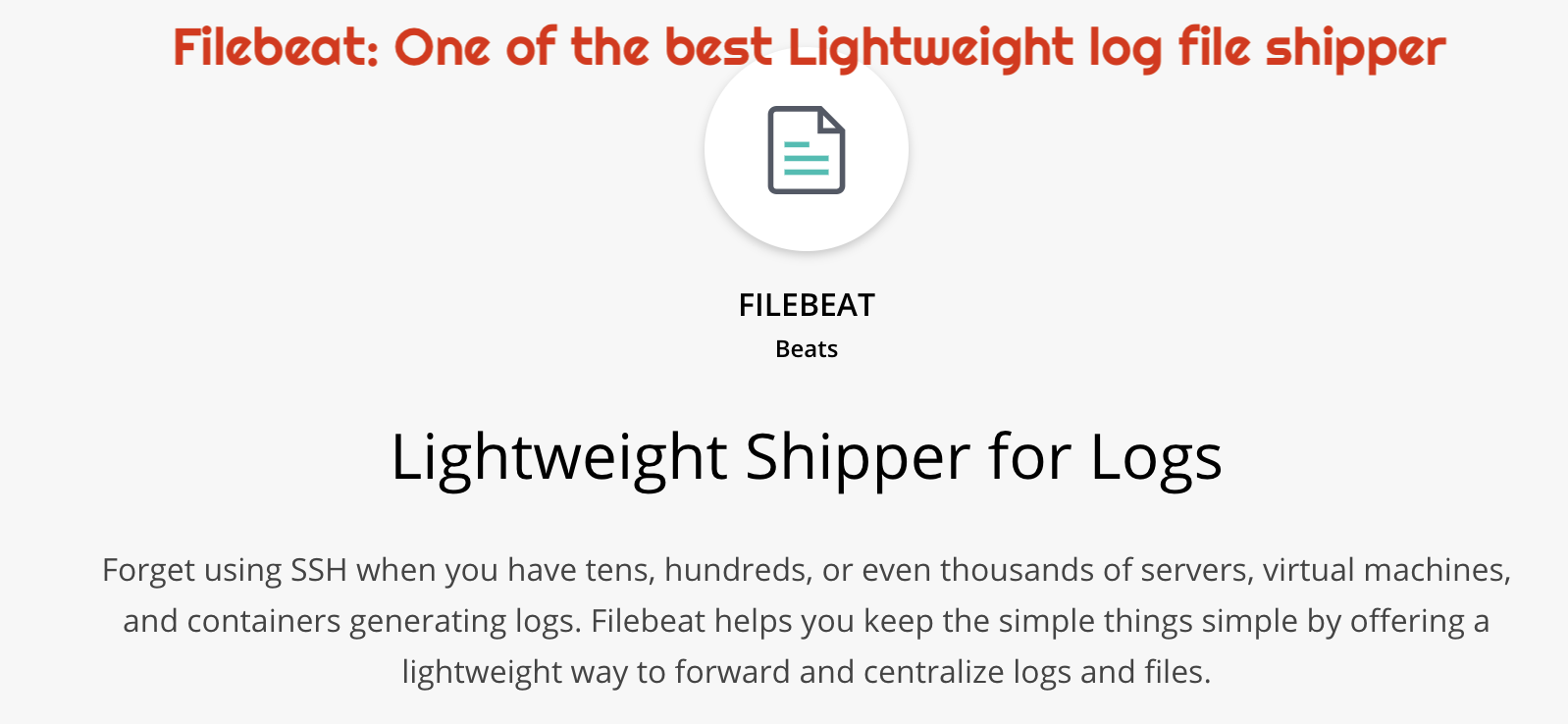

#4 OSSEC GITHUB SNAPSHOTįounded in 2004, OSSEC is an open-source, host-based intrusion detection software that is basically a security monitoring platform. Watch this interesting talk at BSides Las Vegas 2019 for an in-depth understanding of Grapl. Grapl can also scope engagement through graph expansion. Engagement is a Python class that you can load up in an AWS hosted Jupyter Notebook. When analyzers detect a scary subgraph, Grapl will generate an Engagement construct for performing investigations. Grapl then executes Analyzers, the ‘attacker signatures’ for Grapl, against the graph to find anomalies and suspicious patterns. Grapl consumes security-relevant logs (Sysmon logs or a generic JSON log format), converts them into subgraphs (determining the ‘identity’ for each node), and then merges these subgraphs into a Master Graph that represents the actions across your environments. Grapl is an attempt to explore Detection and Response given a graph primitive instead of a log primitive. This makes it natural for defenders to also adopt a graph-based mechanism that understands the scope of the trust relationships within their network. Attackers often work with graphs – they land on a box and start traversing the network. Open-sourced last year in March, Grapl is a, relatively new, Graph Analytics Platform for detection, forensics, and incident response. When installing, make sure your golang version is above 1.7 #3 Grapl GITHUB SNAPSHOT Go-audit is written in Golang that is type-safe and performant. Not just for security, GoAudit developers designed it as a general-purpose tool – for operations or development teams to help debug problems at scale. You can also do minimal (or zero) filtering of events on the hosts themselves. With GoAudit, you can directly speak to the kernel via netlink. GoAudit, written by Slack and released in 2016, is a replacement for auditd which provides better logging by converting auditd’s multiline events into a single JSON blob for easy analysis. The second component is a userspace daemon, auditd responsible for writing audit records to the disk.
#Osquery vs auditd code#
The first component is some kernel code to hook and monitor syscalls. The Linux Audit system consists of two major components. Read more about anomaly detection using Osquery here. You can use osquery’s log aggregation capabilities to easily catch known and unknown malware as well as pinpoint when the attack occurred and what was installed. The daemon aggregates queries and generates logs that indicate state changes in your infrastructure which can help you maintain insight into security especially useful for anomaly detection. Osquery’s host monitoring daemon, osqueryd lets you schedule queries to be executed across your entire infrastructure. Recently, the osquery Foundation was also welcomed into the Linux Foundation. Since then, it has been used and appreciated by engineers and developers from Dactiv, Google, Kolide, Trail of Bits, Uptycs, and other companies. This exposition allows engineers to write SQL-based queries to explore operating system attributes such as running processes, loaded kernel modules, open network connections, browser plugins, hardware events or file hashes.Ĭreated by Facebook, the framework was open-sourced in 2014 after the company realized that the issue of maintaining insight into the low-level behavior of operating systems is not a problem that is unique to Facebook. Available for Linux, macOS, Windows, and FreeBSD, this framework exposes an operating system as a high-performance relational database.


Osquery is a low-level operating system analytics and open source cloud monitoring tool that enables security engineers to perform sophisticated analysis with SQL. Note: The GitHub snapshot stats were last updated in Feb 2021. In this post, we have highlighted 6 open source cloud security tools and how they help security teams keep their organization safe from hackers and cyber-criminals by detecting anomalies and malicious activity. Here is where open source cloud security tools come into play – the benefits of open source technology are centered on lower costs and in the control of a dedicated community. To stay safeguarded in the cloud, security teams need more power, flexibility, and visibility than ever. Hosting a security monitoring team in-house is challenging, and the tools available today are cost-restricting, slow, and somewhat unmanageable at scale. The widespread adoption of cloud computing has helped companies scale their businesses, but it has also led cloud-based breaches becoming a regular occurrence.

Our pick of some of the best Open Source Cloud Security tools that will keep your organization safe from any malicious activity.


 0 kommentar(er)
0 kommentar(er)
